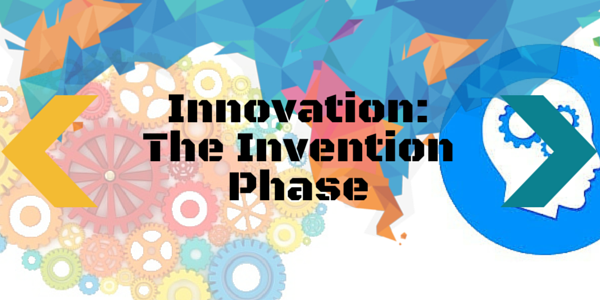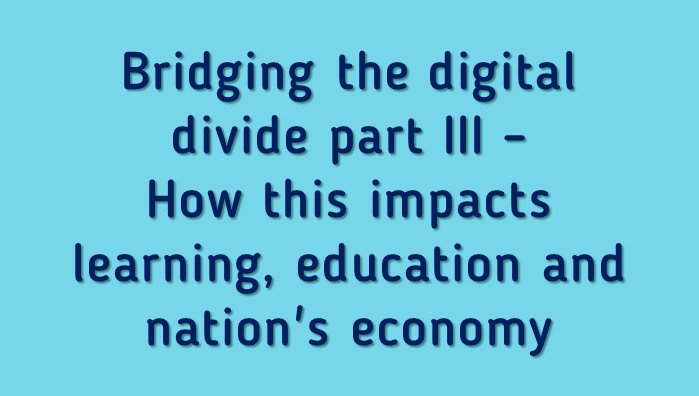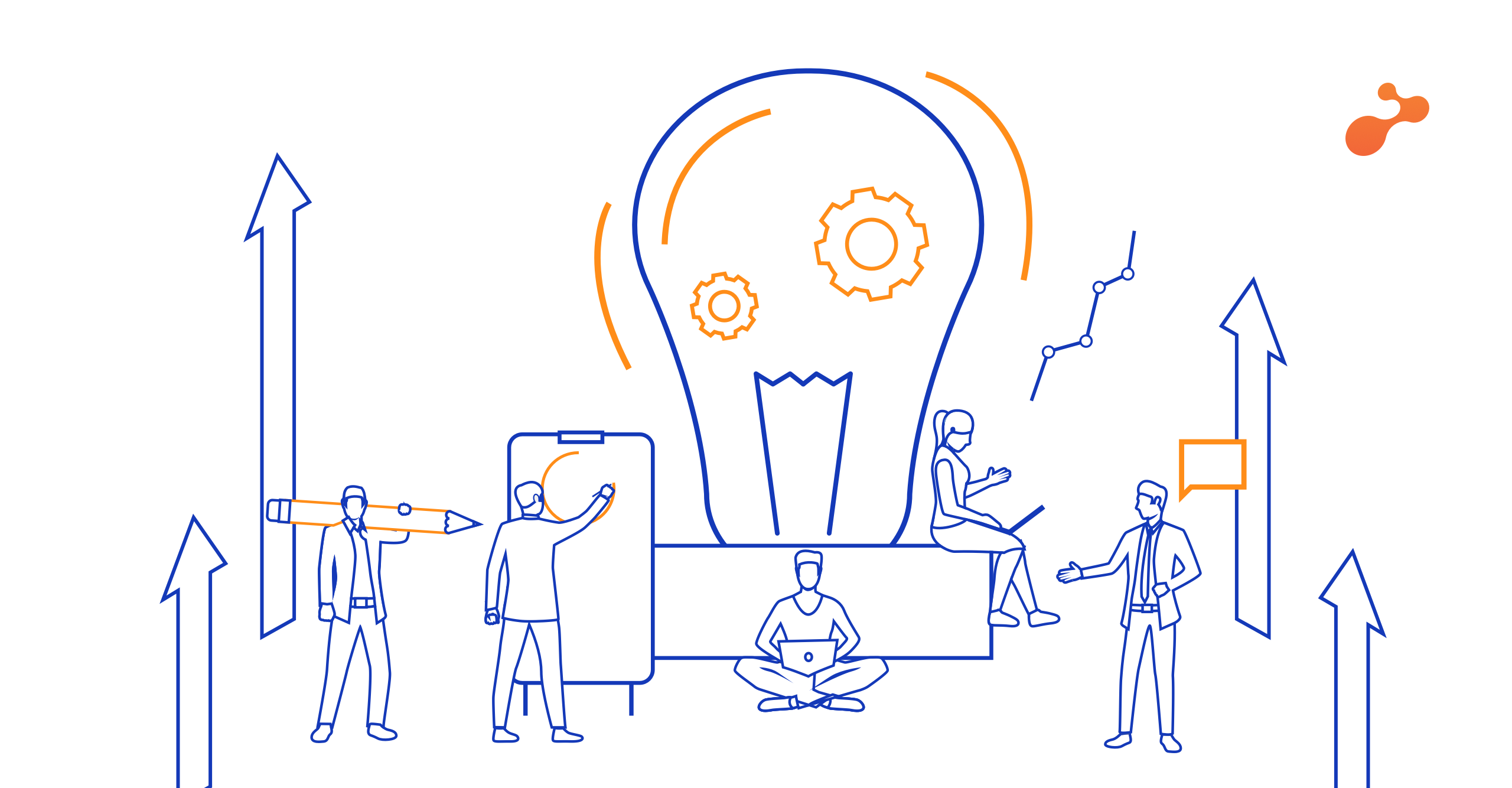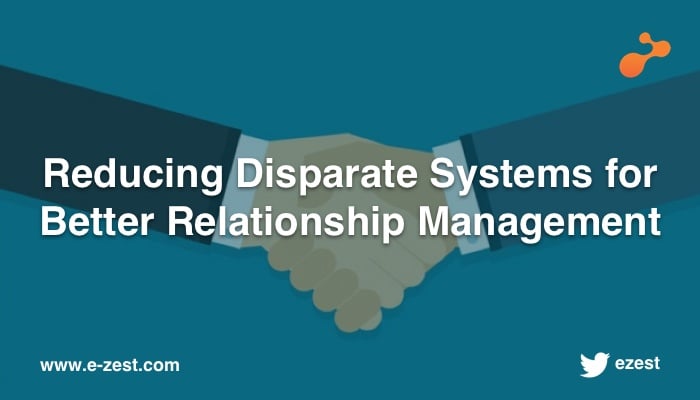“An idea can change the world”
- From the extremelyoriginalquotes diary
Now let’s explore everybody’s favourite part of the Innovation process: Invention! Some innovation-jargon garnished folk like to call it ideation. Fair enough. Idea. Ideation. Nice.
Before the corporate world came up with the term ‘brainstorming’, we knew this better as the morning ‘sit-at-tea-discussion’ that generated wonderful ideas as fixing the pipe leak with some soda-bottle contraption. Some of us love to talk and get our ideas out in the open. Some of us who are good at being shy, write blogs on innovation.

Ideation is where we come up with a solution to the problem we just discovered, in the Discover phase of Innovation. The insights we unlock in the Discover phase validate the solutions we ideate. An easy extrapolation of the idea is hence: deeper the insight, better placed is our solution. For example, while innovating for a designer clothes manufacturer, let’s say the insight we get is, ‘Teenagers follow pop divas today’. This allows us to ideate and come up with some designs that follow the latest albums of some pop diva. However, insights are sometimes deeper than what they seem. In this case, if we consider that the insight is, ‘Teenagers follow the life of pop divas more than their music’ then the ideation becomes predictably different. Designs then need to circle around lives rather than albums. This was just an example (an albeit painful one for yours truly who is more blues and jazz inclined!).
One of the keys to successful ideation is to have a smashing Discover phase. Things come full circle with this idea. The client’s story of pain gives us the insights, the insights power the ideas and the ideas upon implementation solve the problem that make the pain go away. Repeating this one idea again and again (like a blues solo), may seem corny. But I am doing this to make sure, this little formula sits well in our heads and seem as predictable as it truly is.
An idea generation team is composed of… well anybody! That’s a great strange fact. The experts recommend almost anyone to go into the ideation phase. One such innovation workshop claimed that anyone from the street would do!
Why is it so?
The answer is going back to our now clichéd idea. If the insight is powerful, then it doesn’t take much effort or intuition to arrive at the idea that will solve the problem. In the previous pop-diva designer example, with the correct insight in place, any dodo can squeak up and say, ‘We need to design clothes reflecting pop divase lifestyles’ (Duh!)
However, we know and have seen situations straying far from the ideal scenarios. An idea-l situation warrants well followed processes with dedicated focus groups, talent that can execute the Discover phase well, and someone amazing to spot those insights. How easy is it to do that? Well, not very! It’s not always that we get the cash taps running profusely enough to conduct a thorough Discover phase by-the-book.
Hence, we sometimes have to jump into ideation, straight out of the cocoon. We can call it a combined ‘Discover Ideation’ phase. (Discoveration a good name, Senor?) In this, a bunch of people, plucked preferably from dissimilar disciplines intelligently ideate. (And the alliteration award goes to…) They are to be given a brief about what the client is and what his misery is. These men and women (even little boys and girls sometimes) sit together and figure out what the challenge is, why it is a challenge in the first place and what possible ideas can solve those challenges. In fact, brainstorming is a very cost-efficient way of ideation, if conducted with some basic framework in mind which brings us to the elephant in the article - should we stick to a framework and a set of guidelines?
A friend of yours truly once commented, ‘if you are going to give guidelines, you might as well tell me what I am supposed to say’. Well that’s not the idea. The almost-only purpose of the guidelines is to get all ideas out in the open. In any group, by the law of averages, we have people who are vocal about their opinions and ideas (the thunderous kind) and then those, who are a bit more reticent (the ponderous kind). The thunderous and the ponderous need to coalesce there ideas in one brainstorming wall (or floor or mat, wherever you want people to stick up their ideas on). The guidelines say that ‘never shoot down any idea’. In one brainstorming session we had, the trouble of the client was ‘not being able to communicate with their stakeholders properly.’ Even an idea about smell-detection (which, apart from the incredulity, was irrelevant) went up the wall. In the first step of idea generation, we are not to shoot down ideas.
Want to set up a tea stall outside White House to increase trading camaraderie? No problem. Let’s sell cottage cheese in Madagascar to fight malnutrition in Africa? No problem again. The first phase is to get the good, bad, ugly out in the open on the wall. No barring criteria involved. This can typically be around 20-40 minutes depending upon how deep you want your brainstorming team to go. Does the brainstorming team need a moderator? There are many opinions to this, and I for one believe in the affirmative. The ponderous sometimes retire to drawing unicorns and making origami (examples from pop culture) while the discussion lumbers on without them. A skilled moderator can encourage these souls to come forward and salt the broth too.
Next, we look at the most painful process of ideation: filtering or gating. This is where the sorting takes place. Who does it? It can be done by the people themselves (who must be expected to keep their egos aside) who can vote on what idea’s the most promising. A C-level executive can also step in to decide what ideas are feasible and hold more promise to solve the client’s problem. The criteria for these depend upon the Innovation assignment in question. Do we look at budget, time-to-market, implementation roadblocks or all or some of them? This is a call that will vary with every assignment. One thing that can stay constant is: the ‘filtering agent’ should be someone who interacts with clients on a daily basis and understands easily what will pass and what won’t.
The beauty of the ideation process is that it can be conducted by virtually, any group of people adhering to the simple but important guidelines stated above. This may sound incredible but I can ask you to take a leap of faith here: this really works! Designers, retailers, bloggers, developers have come together to brainstorm for a grocery management application for housewives, a voter management system and an embedded systems project. All of the brainstorming sessions were extremely productive and generated some world-beating ideas. The pivot here is the brainstorm-manager/emcee/some-fancy-name who milks practically everyone to get their ideas on paper. An effective moderator also asks effective questions that nudges people to think more creatively and tap into that side of them that can really come up with wacky and the popular and trending, ‘disruptive ideas’.
The Invent phase should be easy to organize, manage and deliver. As we saw here, even without a backing Discovery, we can jump straight into ideation and do what we love to do best: create castles in the air for the king, the customer!
In the next blog, we look at Refinement and Prototyping.

-01.jpg)







